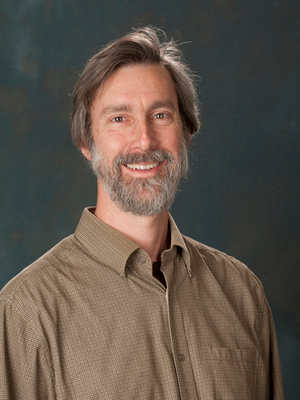
Title and Astract for David's talk:
Decoding Chemical Evolution and Nucleosynthesis
I will discuss insights from analytic and numerical models of galactic chemical evolution and observations of Milky Way elemental abundances from the SDSS APOGEE survey. Under generic model assumptions, abundances and abundance ratios approach an equilibrium in which element production from nucleosynthesis is balanced by element depletion from star formation and outflows. Reproducing solar abundances requires outflows with mass-loading factors of 1-3, but one can evade this conclusion by assuming low stellar yields or metal-enhanced winds; the high observed deuterium abundance of the local ISM argues against these alternatives and in favor of outflows. Starbursts or other sudden transitions can produce temporary boosts in alpha-to-iron ratios, and other surprising behavior such as backward evolution of a stellar population from high metallicity to low metallicity. APOGEE observations show that the distributions of stars in (alpha,iron,age)-space change steadily across the Milky Way disk. Given these distributions, the behavior of other APOGEE abundance ratios can be explained by changes in the ratio of core collapse to Type Ia supernova enrichment. The separability of "multi-element cartography" offers a route to empirically constraining supernova yields in a way that is insensitive to uncertainties in other aspects of chemical evolution.